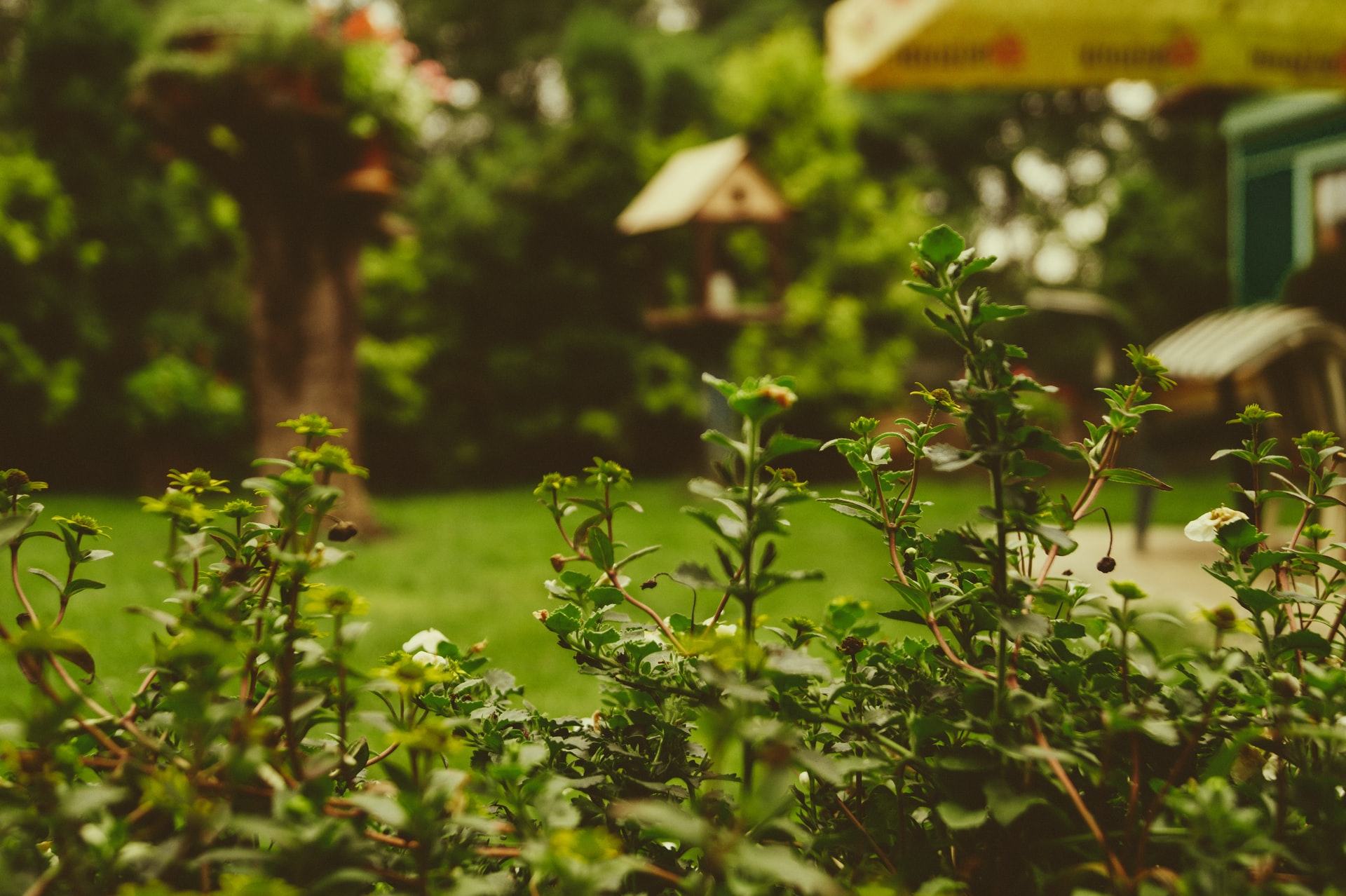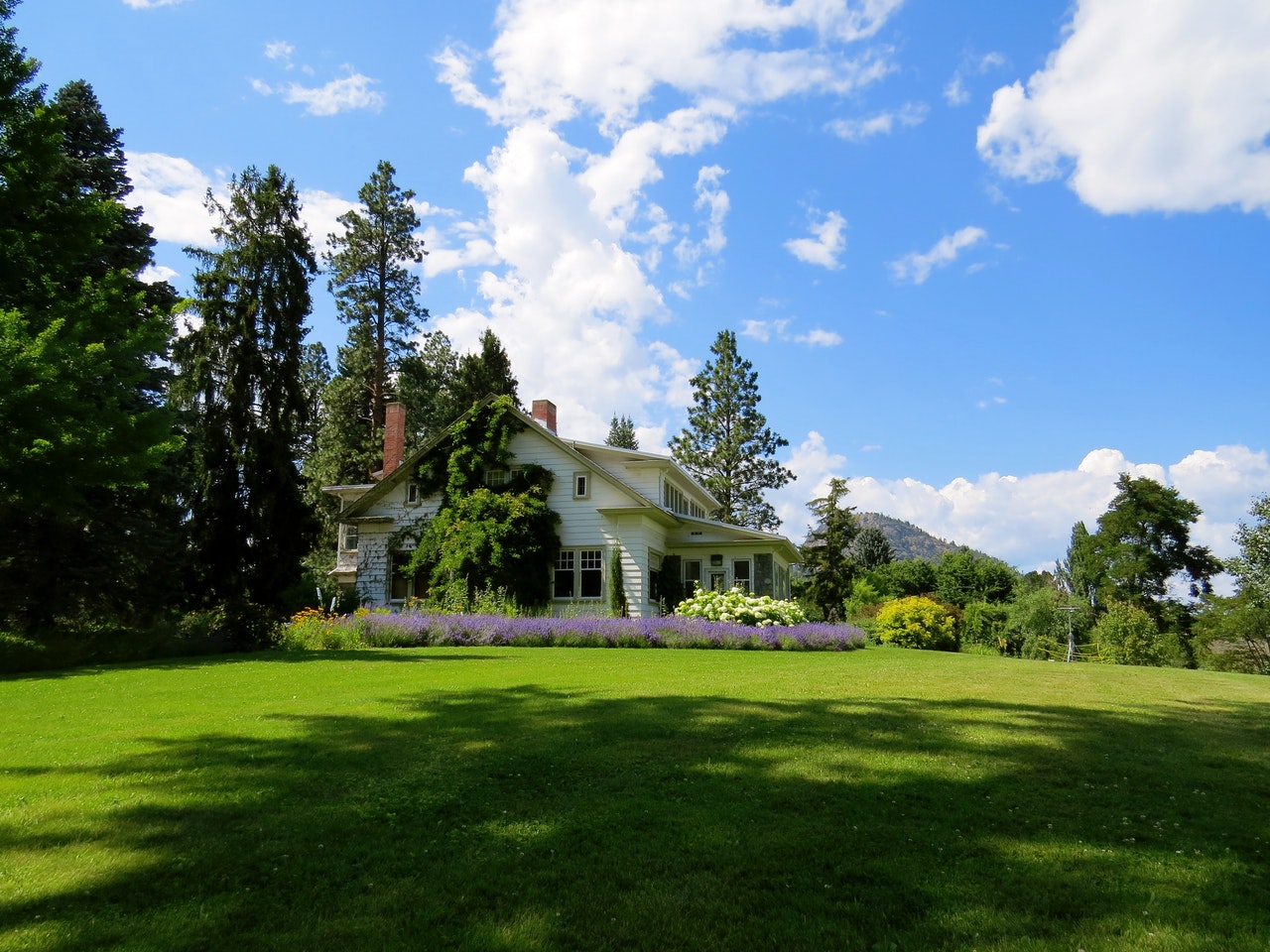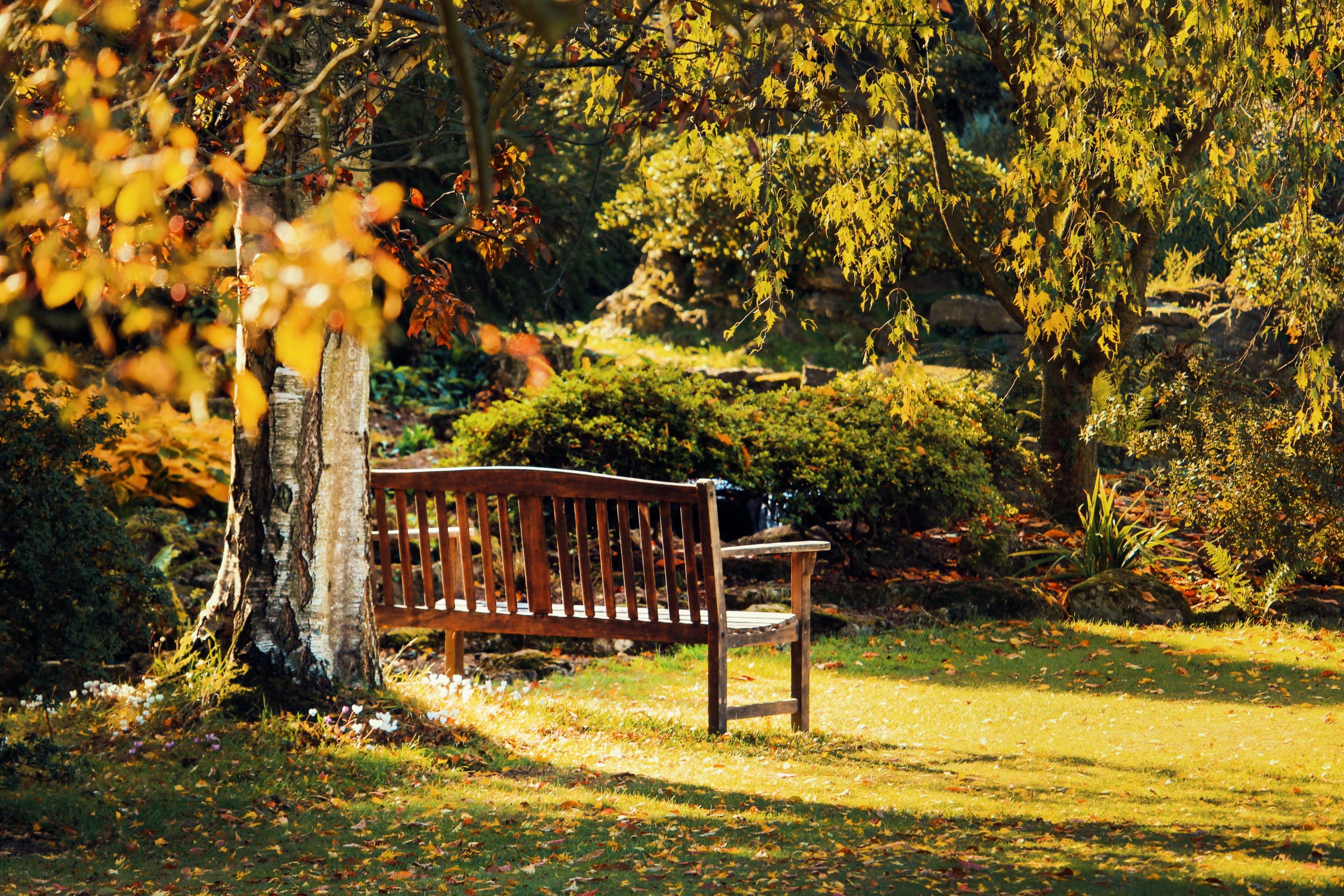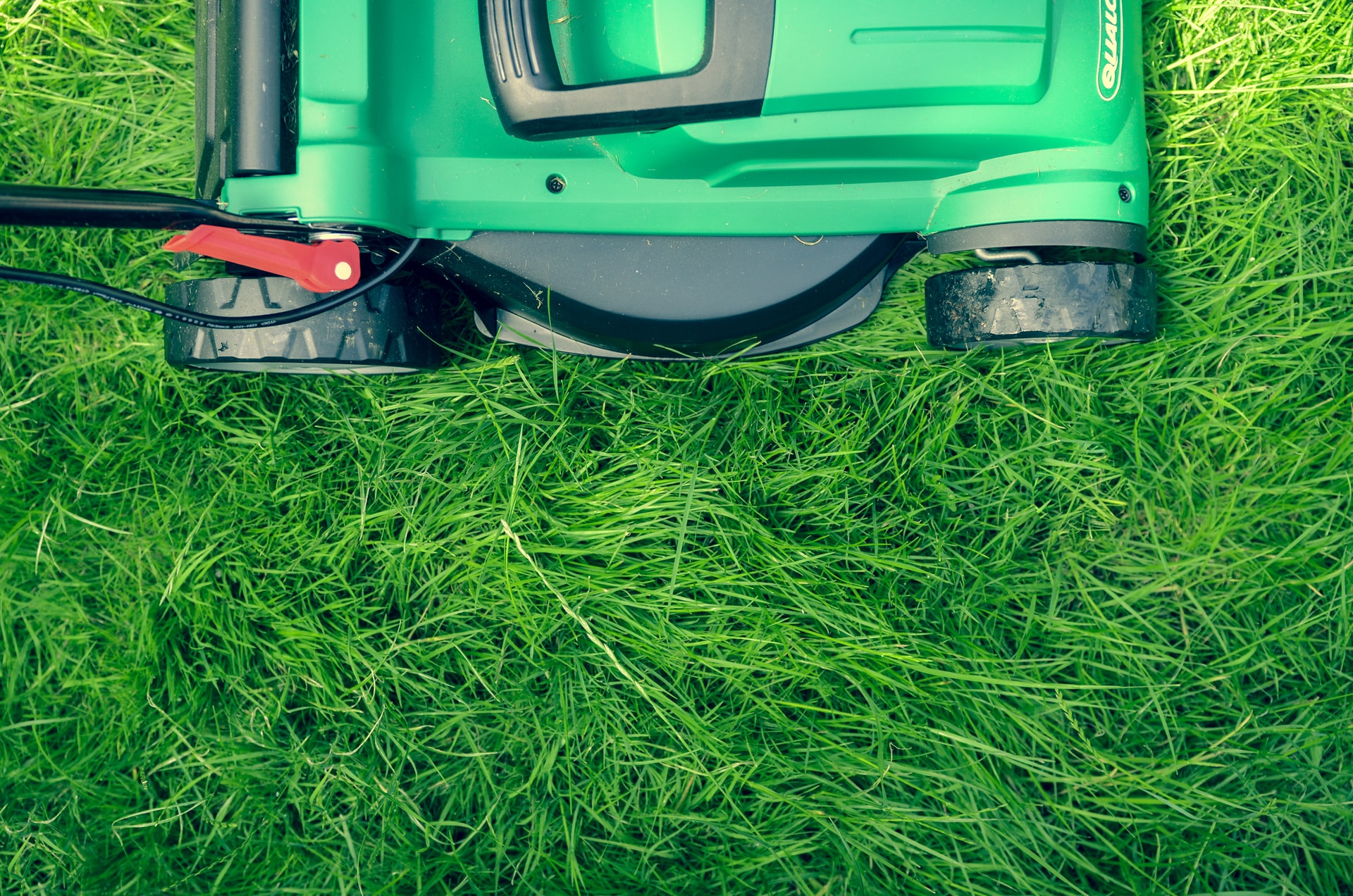While thankfully non-fictitious, the global pandemic upheaval of 2020 is in the past as we teeter on the blink of hope springing eternal for 2021 and beyond, the truth looms in the background and until every last strain, mutation and bio proven affliction from it is eradicated, our own home and backyard is where we must maintain our social civilities. The economy has been stifled by every aspect and leaves us all on shaky ground so now is the time to take charge of new world. If you wish for the earth to heal and regreen as we face a still somewhat socially distanced unknown variable, DIY’ing has become the new scoop with stopping the crabgrass from taking over everything without taking a monstrous hit to the pocketbooks. Hasn’t there been enough of that already? Your backyard has the potential to become the mainstay in your life, but it must start from the ground up.
C.A.W.S. for concern.
Before digging in over your head, take a few minutes and think your plan through. Though we have just entered winter, you’re going to need to be ahead of everyone else’s game to get the best payout on this investment. Keep these four letters in mind…- Clean up - Rake up and remove anything loose from the grass surface. This includes grass trimmings and dead leaves, twigs and branches and any signs of crabgrass. Don’t be afraid to really show some muscle. Both a fan and bow rake will be your gardening angel right now. Prune snip back hedges, bushes or reachable tree limbs that have a propensity for overgrowth each season. A good close crop shave with the hedge trimmers, followed by a final blow through with a leaf blower/vacuum/mulcher will give you and the spring backyard a great initial warm up. It will also give you an idea or two for any tools you may want to purchase in advance. People aren’t going to wait. We are ALL champing at the bit to get outdoors.
- Aerate - If C equals the face wash, then aeration is the full pore body exfoliation scrub.
- Weed - Attack those blemishes before they take deep root and really set your back-yard grass into a tailspin of downward epic proportion. So many weeds….so little time….so many herbicides!
- Seed: Replenish with top quality vitamins, minerals, and greens. A veritable buffet of fertilizers, fluids, and facts. And speaking of facts, what follows below is a fairly newcomer’s DIY home landscapers list of topics that will be covered…ooops…Uncovered as winter reaches it’s peak.

Aerate, flow, feed and grow?
1. What does aeration mean?
- Over time, the soil under the grass gets pushed down tighter and tighter, compacting it to the point that the grass, garden, flowers simply cannot take in enough soil nutrients or moisture anymore and eventually, will burn off and die. Aerate when you notice the tell-tale signs to grassy goodness being depleted.
2. When should I aerate my lawn?
- To gain the best benefits, lawn aeration should be done at least four times throughout the grass growing season. Aerate once in the spring, to help you get a jump on that spring lawn care, most typical if your grass is what I like to call a “party” variety with names that sound like parades and carnivals: Bermuda or zoysia. Aerate once in the fall especially if you’ve the cool sounding greens like bluegrass, rye or fescue, once in the peak season mid grassy growth as a great preventative and aerate fourth or more if you are unsure and begin to notice your grass isn’t as healthy as it looked after its last mowing. The age-old shovel edge trick will confirm that you’ll need to add a booster. Just place the flat edge of your garden spade or edging shovel into an inconspicuous spot around where you see the most concerning area. Give it a good straight push down with your feet and if it stops and needs extra forcing, then it is time for another unplugging.
3. What is the best way to aerate my lawn?
- While there are a few ways to attain a proper aeration, it always comes down to a bit of frugality on my level at least. You can get the same aerate result with a pitchfork as you can with renting a core aerator; the latter being a bit pricey. The core aerator has two noticeable pros as the dirt plugs, they pull out will decompose back into the soil adding more nutrients and they do save on time and elbow grease. Easy to rent, easy to handle. But as mentioned, can be a costly rental. Upside suggestion? If you have time on your hands due to the COVID shutdowns, you can turn aerating into a lucrative side business. Or split the rental cost with neighbor. The humble pitchfork requires more body exertion as you should make continuous rows throughout your entire grass surface, the tines are smaller and there are no actual soil clods pulled out. Take a look at your lawn size and it will help you pick. You can always recruit the kids to help you aerate as well. I do NOT recommend the aeration spike shoes as you’re defeating the purpose with these. Yes, they are inexpensive but because aerating lawn requires multiple passes, your footsteps and tiny little spikes cross over each other and render your efforts pretty fruitless. Whichever you choose, don’t forget to dethatch before you rebreathe. Just take your rake and give the surface a good comb through before you begin. This will clean a good surface for you and will also loosen any tougher spots before you aerate.
4. What does lawn aeration do?
- Aeration is also known as “spiking” and it provides enough air to circulate among the roots, entangling them, and giving them room to breathe. Overall, it increases lawn resiliency by eliminating water pooling/ponding areas (a warning sign that you need to get that air into the soil to avert root damage), oxygenation and fertilization are improved, strengthens the healthy grass roots and provides that super soft carpet of lush under our bare feet. Every lawn is prone to weeds and aeration can contribute to the cessation of everyone’s favorite grass nemesis, crabgrass! The name says it all. Maintaining a weeding schedule is enough to juggle without always having to sidestep the scratchy, unsightly uninvited crabgrass and a routine of harsher herbicides. Aerate today, save $ tomorrow.

The scoop on poop: easy, accessible, eco graded and underappreciated.
5. What is the best fertilizer for my lawn?
- Well, the answer to this is as wide and variable as the product availability for all DIY’ers. From dusts of a selenite and lime diet (nothing more than calcium chalk compound found in drywall and yes….actual chalk) to a weekly Scotts® fertilizer schedule put into effect during spring lawn care, the permutations are endless. I chose Scotts lawn products because the brand name is always out there, they have an excellent home landscaper reputation and most homeowners, patio gardeners and in bound flower planters who are of the Miracle Gro™ variety, will more often than not rely on what they know best. Some prefer plain gypsum for lawns. What you need to know right off the bat is your lawns fertilizer NiPhoPo. Much like the numbers you see on a can of engine oil, the 3 key elements are found on every bag of fertilizer and are assigned a number. Nitrogen-Phosphorus-Potassium. Let’s take an extra two or three minutes just to cover the numbers:
- Nitrogen: is the number and percentage of it in the choice Scotts lawn care program.
- Nitrogen is what adds the chlorophyl/green to the grass by producing its own bio sugar that in turn, becomes a caffeine if you will, stimulating new grass growth when in contact with sunlight.
- Phosphorus: Is the transfer canal between Nitrogen and Potassium and keeps the grass anchored in place by stabilizing the roots, keeping an even keel between major rains or peak dry season.

6. When should I feed my lawn?
- Assuming you are asking about the entire spectrum process of just feeding, fertilizing, the folks associated with Scotts recommend 4 times a year as a companion to aerating. Seasonal temps and weather conditions can dictate your choice of either wet spray or granular and always wait until after you’ve mowed your grass before you fertilize/feed it. Once in the spring and once in the fall and two more in between should cover it all. General Green Thumb would add in with every 5 weeks is fine. Using special care products like Scotts weed and feed or turf builder are incredibly useful when that thatchy patchy crabgrass tries to pervade your grass again. Don’t forget, the healthier your lawn, the more it is susceptible to attracting the weeds and even sod busting beetles and grubs. Even a few spurts of Miracle Gro Lawn Food and Fertilizer ™ or Vigoro Weed n Feed ™can work magic. Always keep an eye out for those moisture starving ruinations and stand at the ready with some preemptive plan of herbicide and insecticide. Grass cutting the proper way by top mowing adds to a finishing touch and aids with weed eradication as well.
7. How long does it take for lawn fertilizer to work?
- Just as every lawn fertilizer brand, Scotts can offer you a slow or a quick release; both which have pros and cons. A slow-release lawn fertilizer will self-time out a metered dose of fertilizer and normal noticeable growth will be evident within 3 to 10 weeks. Perfect for the summer when you want to have more time free to actually ENJOY the benefits of your labors. It is pricey when compared other Scotts lawn products or competitive name brand lawn fertilizers. On the flip side of Scotts lawn fertilizer progress, the quick release types syphon down into the grass blades typically within a day and outside of a week your results are right in front of you. It will need to be applied more. Less expensive but can also lead to burn out patches if you over apply it. No matter what, remember that even the most organic lawn fertilizers and herbicides have some form of chemical element.

Starting from scratch from Turf to Seeds, Herbicides and Weeds.
When should I use Turf Builder™ ?
- According to the pros at Scotts and their suggested maintenance schedule; every 6 to 8 weeks is sufficient for this premium weed and feed boost. Bear in mind, however, if you’ve recently dosed your lawn with any other lawn treatment such as Turf Builder Lawn Food™ or Turf Builder Crab Grass Preventor™, you should wait at least 20 to 30 days before you apply another additive.
What does Turf Builder™ do?
- If you are looking for that thick, full and rich lawn, grass cutting alone just isn’t enough. Think of Turf Builder as the prime ingredient to emulsify every other maintenance assignment. Applied twice; once in the spring and once at autumn’s onset, the annual benefits you can gain from the cream of the crop product may make you long for a larger yard.
Can you over-seed dead grass?
- As a quick fix to thinning, sparse grass? Yes. Crab grass taken over? You can weigh out your options. whether you want to just start from scratch, with a full soil analysis to discover the root of your evil and how to carry on from there. Be it with a resodding from the ground up or a piece-by-piece plot at a time feed and seed. Don’t ever stress with your grass cutting. Especially if you are a home-owner or are easing into “hobby” landscaping and plan on being where you are for the long term. If you have the capital and are willing to put in all in at once, then feel free. Even that crab grass issue can be fixed with a little patience and effort.
Should I aerate before overseeding?
A firm dethatching with your bow rake first to eliminate and drag to the surface trellis rooted nuisances like our friend, crabgrass then aeration of compacted soil is recommended before overseeding lawn. However, you choose to do this, either by your own steam or bringing in a service, aerating twice a year will do. Then one final pass into fall and you should be well prepped for spring, especially if you’ve overseeded.
Can you overseed the grass too much?
- Why overcrowd the neighborhood and make extra work for yourself by having to deal with dead patches that now have to fight for nutrients? Make crabgrass a thing of the past but YES, you can overseeding too much. If you don’t need it, don’t waste it. Try to avoid this at all costs, be exact with your measurements and stick to the Scotts fertilizing schedule as an added resource. If the application instructions call for a specific hand spreader, then get it. If you’ve had to replace large sections of dead grass, then of course, overseeding along with topsoil spreading will assist. Same with pet owners. Animal urine will play havoc in the burn out syndrome but overseeding after some quick aerating maybe your saving grace, or grass.
What month is best to put grass seed down?
- Most people think overseeding in spring is the best time for overseeding and rejuvenating your lawn but tend to forget autumn. September/October is the prime time to reseed lawn and add the final stages of bidding farewell to crabgrass. In some regions, even November. As long as there are no visible signs of frost and still a lingering warmth to the sun, this will provide a great germinating insulated bed for the seeds to stay active throughout the winter, even if covered in mounds of snow. Trust me, you’ll have enough to do with spring prep without having to add laying down seeds too.
Should I put topsoil over grass seed?
- While not set-in stone, it isn’t a requirement, however, top landscapers will say yes. Reason being, topsoil can regulate the existing soil’s PH level, resurge it by not shocking it and will even out the top surface of your lawn. It also provides a fresh array of nutrients to your grass and help it grow into thicker, ultra-lush lawn that can shove away any creeping vines or crabgrass sprouts.
Are herbicides really effective or should I try DIY mixes first?
- You’ve got options here too. Top mow grass cutting will cut the heads off weeds and in time, get rid of them. Laying it on the line, all herbicides do what they are formulated to do. Kill and eradicate weeds, crab grass and other invasive rooted grass busters. Caustic but have immediate results. Never applied on a windy day or during a rain-anticipated forecast, you’ll need to be vigilant about keeping off the grass after applying it until all weeds have drunken of it’s harmful toxins. This can be tricky, especially if you have kids or pets. You may want to inform your neighbor of your intent as well. If they have pets or kids or even cross overgrowth between property lines, they would appreciate it any heads up I’m sure.
While you dream of spring’s arrival, and look back on what was, never lose sight that everything in the rear-view mirror is closer than it appears. Begin to think spring now and plan ahead as much as possible. Our bubbles will socially distancing end soon. And now we’ll have to set more lawn chairs out, restock the basic toys and games, even consider updating the tool shed, and equipment for the new 21 is an offshoot of the 20. And 21 is the new way of life. Now….its about that crabgrass…..
